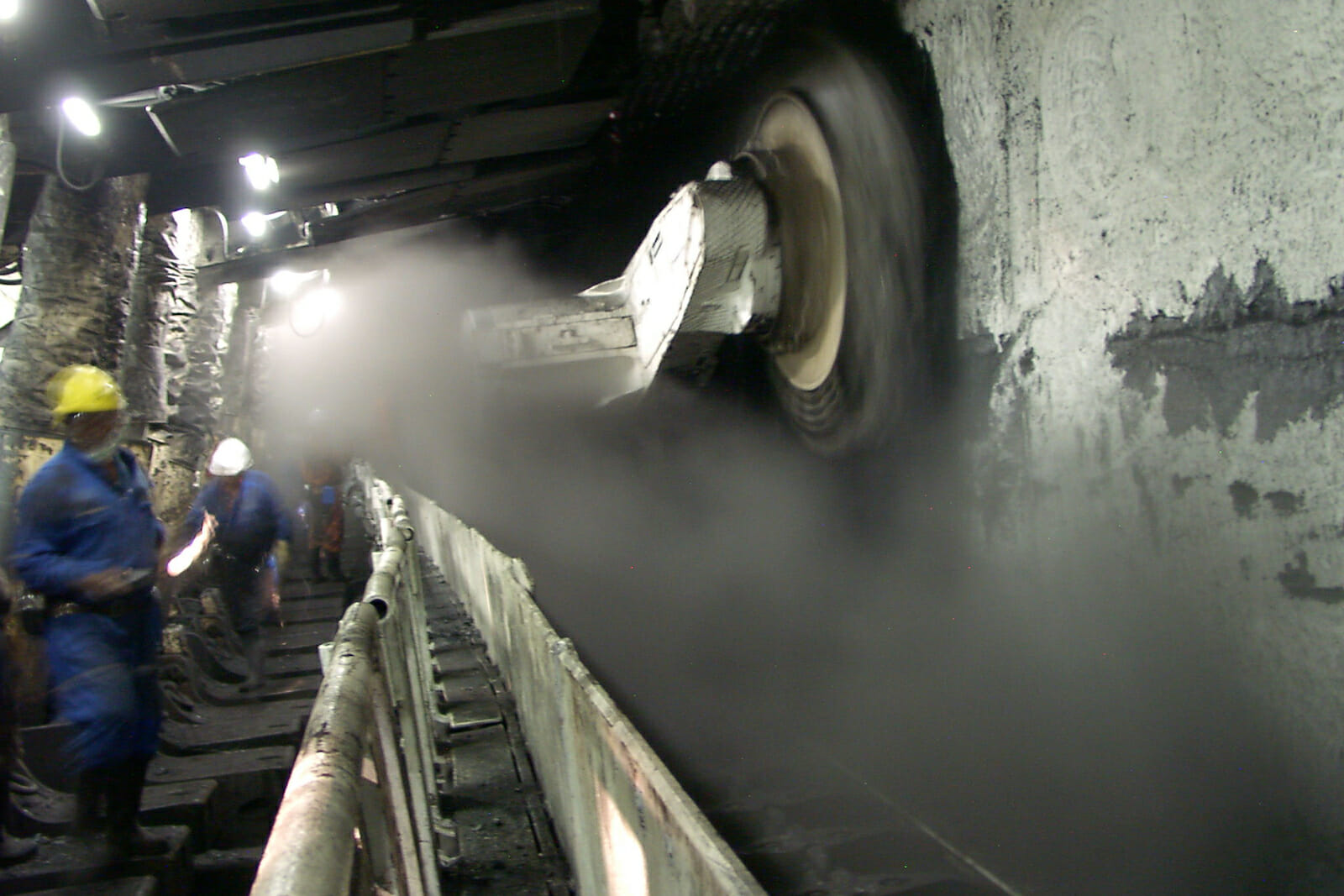
China’s Rare Earth Export Restrictions
The World Trade Organization convened a panel last month at the request of the United States, the European Union, and Japan to rule on China’s export policies for rare earth metals. These countries had earlier held formal consultations which failed to reach an agreement. China said rare earth exports are impacted by new environmental and sustainability policies, and there is no intention of market distortion. Rare earths are seventeen metals increasingly used as alloys to significantly change properties of primary metals. For example, neodymium increases the strength of magnetic fields; scandium alloys are stronger and lighter; praseodymium makes lasers more effective.
The key issue is that an export tax on rare earths would increase the price outside of China by two to ten times the domestic price. It is difficult to understand the connection between this export tax and the environment, and China has not been able to explain the connection. China’s State Council has publicly defended its rare earths export policy in a white paper titled, “Situation and Policies of China’s Rare Earth Industry” which speaks to issues of the environment but nowhere addresses the reasoning behind the export tax. Export control is addressed towards the end of the white paper, simply stating that the government will set a “reasonable quota” for rare earth exports.
It is a reasonable story. Companies, which export rare earths, must comply with China’s “industrial policies, industry access and environmental standards.” After 50 years of mining, China’s original rare earth resources are being depleted, resulting in the need for more and more new mines.
These new mines – often operating illegally – have done major damage to the environment by polluting groundwater and agricultural land. The pricing of rare earths has not included compensation for ecological damage. As prices rose, rare earths were illegally exported – smuggled – out of China. The Chinese government said that to address these issues, it must tighten control over the industry.
But none of this addresses how an export tax would benefit China’s environment. The key Chinese interest may be a paragraph in the white paper which explains that rare earth metals are non-renewable, so rare earth development will be planned in a way that benefits the national economy.
The request for a WTO panel addressed this issue directly, stating export constraints – such as quotas, duties, and other restrictions – have significantly distorted the trade in rare earths in China’s favor. Another ten nations, including Brazil, India, and Canada, have notified the panel of third-party rights in the dispute, meaning they have “substantial trade interests” and wish to participate in the panel procedure.
Control of rare earths is a long-term strategy that may not show results for several years. Imposition of export restrictions helps maintain supply to the domestic industry while increasing the price for non-Chinese competition. This puts China on a strong trajectory to excel in high technology areas that require rare earths and motivates external producers to relocate facilities to China. While environmental concerns may be a valid “technical barrier to trade,” it is not clear how export tariffs play a role.
This is not the first dispute over China’s export restrictions. In July 2011 the WTO ruled against China’s export restrictions of various “raw materials” such as phosphorus, bauxite, and manganese. Though China is generally regarded as a developed “manufacturing” country, it continues to supply raw materials to the rest of the world. Moving up the value chain to develop these raw materials into final products domestically would increase jobs and incomes in China.
If the rare earths panel does rule against China, and China does not eliminate the export restrictions, it is not clear how the complainants may respond. In the case of illegal government subsidies, for example, the complainant may impose “countervailing measures” such as import taxes on the disputed items, but the response to export restrictions is not clear.
One option might be that the complainants impose “countervailing measures” against various Chinese goods. If that happens, the Chinese government will raise issues of fairness, but in private will breathe a sigh of relief that they will be able to corner the market on high technology and all it will cost them is dollars, of which they already have too many.
In a near-term response, the price of rare earths has recently dropped because China has loosened export controls. Forbes magazine contends that the crisis is over, the WTO panel will never reach a conclusion, and the free market is already working as private industry ramps up rare earth production in the West. But China’s restrictions could be tightened at any time. When Japan arrested a Chinese ship captain in July 2010 for fishing in Japanese waters, China responded by blocking rare earth exports until the captain was released.
A better plan for the United States is to put in place federal subsidies to make the extraction of rare earths in the United States an attractive business. If this is done in the near-term, a strategic market for rare earths can be built anticipating that China may in the future reduce external supplies. It will take years to create the complex infrastructure necessary to meet global demands, so waiting for a crisis to act will be too late.
At the same time, the United States can increase its export of one of China’s key imports – coal. Environmentalists oppose such an action – with good reason – because it will contribute to overall carbon production in the atmosphere. But the reality is that China will burn coal from somewhere – Australia, Indonesia, or northern China. It helps the United States in that it would be American coal.
Increasing the export of American coal to China does two things. First, it will help reactivate the economies of many hard-hit mining communities in the coal mining areas of the upper Midwest, and second, it builds a political lever for future use.
In the same way, Canada, which currently supplies only 1% of China’s oil consumption, should increase oil exports to China for similar reasons. Realistically, with the current divided political climate in the United States, and business grasping for any economic gain even at political costs, it is doubtful that anything will be done until a crisis strikes.

